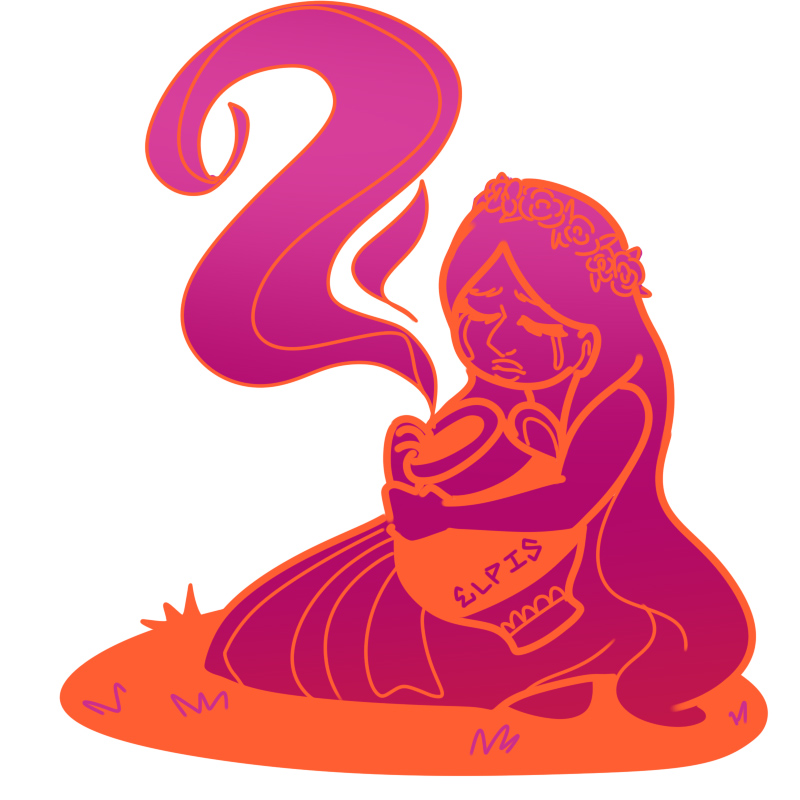Live and let die
By: Seshini Jayakody
The Greek myths give us the story of Pandora, whose irresistible urge caused the escape of a jar full of vices that forever plagued mankind. In opening the jar, Pandora let out all but one of the creatures: Elpis, meaning hope. As varyingly as the myth has been interpreted, it is my impression that the absence of hope is all the more preferable.
As the German philosopher Friedrich Nietzsche argued, hope makes us believe all sorts of fantasies in our refusal to face death; whereas by accepting that we are an inconsequential speck in the wider universe, we are better able to live freely without deceiving ourselves with comforting lies. It is of little value to hungrily await possible events and miss out on what the present has to offer. Therefore, to lose hope is to be set free from a type of mental enslavement.

In Netflix’s 1980s, homophobia didn’t exist
By: Mikaela Collins
If I had a nickel for every ‘80s-themed Netflix show with a lesbian character whose sexuality is a non-issue to everyone around her even when that doesn’t make any sense, I’d have two nickels — which isn’t a lot, but it’s weird that it’s happened twice.
In Stranger Things, Robin comes out to Steve, a straight teenage boy from a very small town who has just confessed that he has a crush on her. His response is surprisingly positive even by the standards someone could have in 2020. In The Haunting of Bly Manor, Dani is the nanny of two small children, and she falls in love with the family’s gardener, Jamie. They both work closely with two other employees who don’t bat an eye at their relationship.
We don’t need more stories about queer characters where homophobia is the driving conflict — I’ve already seen The Children’s Hour. But I find it frustrating to watch Netflix be praised for such shallow representation. In these ‘80s-themed shows, Netflix uses the optics of having gay characters to score woke points and generate buzz, but seems unwilling to engage with what a gay character would have felt and faced at that time. It’s like they know that gay people are somehow popularly associated with the 1980s, but they don’t quite know why. (Hint: It’s the AIDs epidemic and the accompanied activism by LGBTQ+ advocates.)
Even if the intention of Netflix and its showrunners is to liberate queer characters from narratives that centre around homophobia (which, frankly, I doubt), making straight characters in period pieces approach LGBTQ+ issues from a modern perspective erases LGBTQ+ history.


